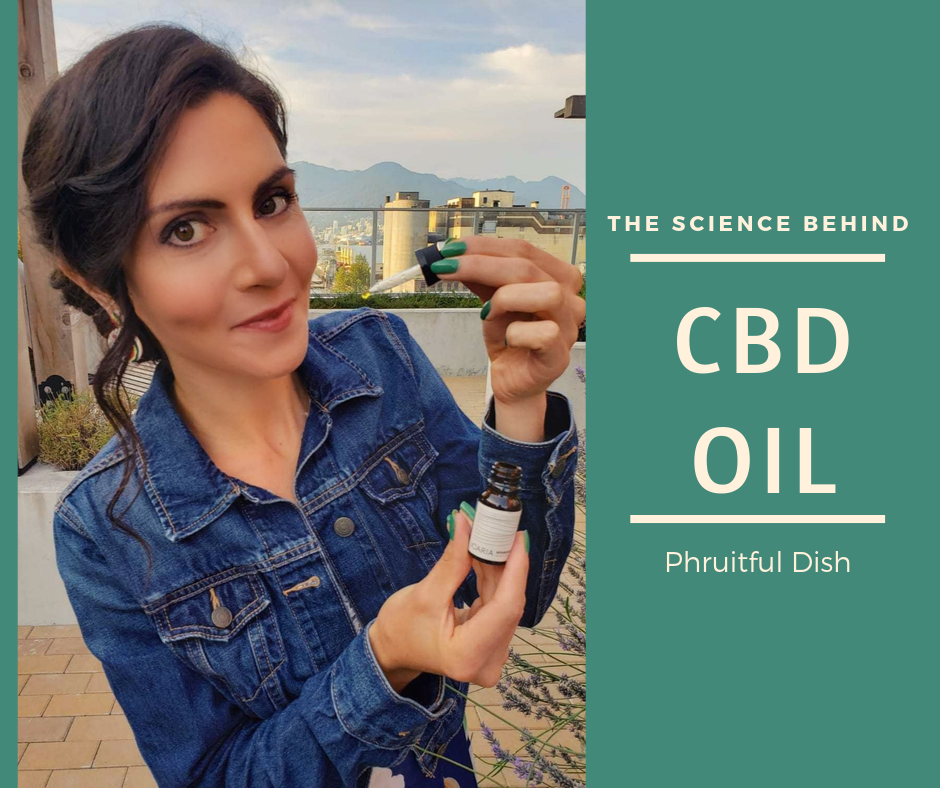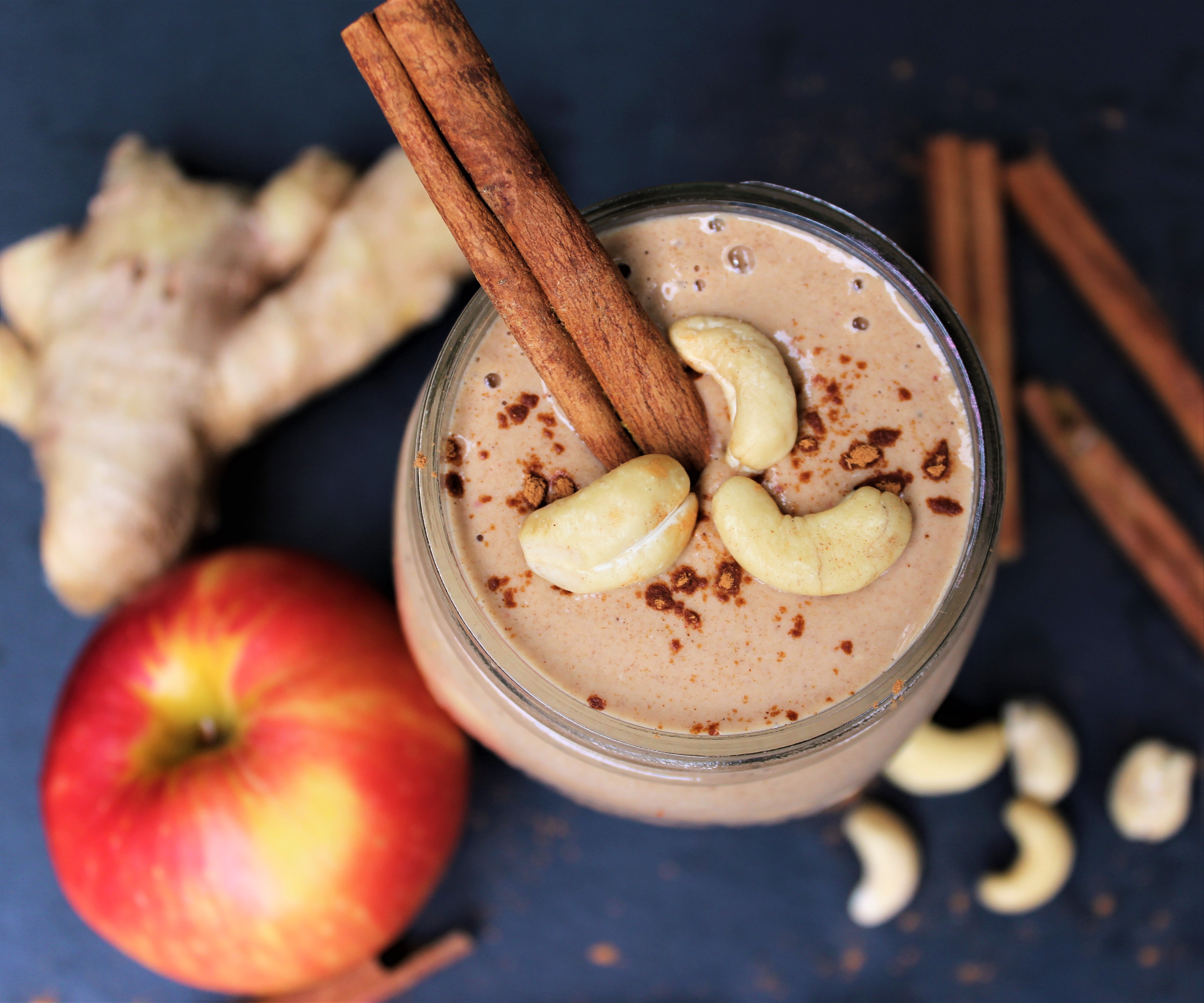Discover the latest research studies on CBD oil for decreasing inflammation and migraines.
Categories
Can CBD Oil Decrease Inflammation?

Dr. Dylan Cutler is the founder of Phruitful Dish. She's a holistic health content creator, vegan, athlete, feminist, social activist, and PCOS fighter. She obtained her Ph.D. in obstetrics and gynaecology specializing in PCOS management using nutrition, movement, and mindfulness. She resides in Victoria, Canada on unceded Lekwungen and W̱SÁNEĆ territories.

Discover the latest research studies on CBD oil for decreasing inflammation and migraines.

This dairy-free smoothie tastes like apple pie but is high in fiber, antioxidants, and may aid digestion.

Is a party a good time until the seven-layer dip arrives? This recipe is dairy-free and a source of plant-based protein (beans and cashews) and healthy fats (avocado).